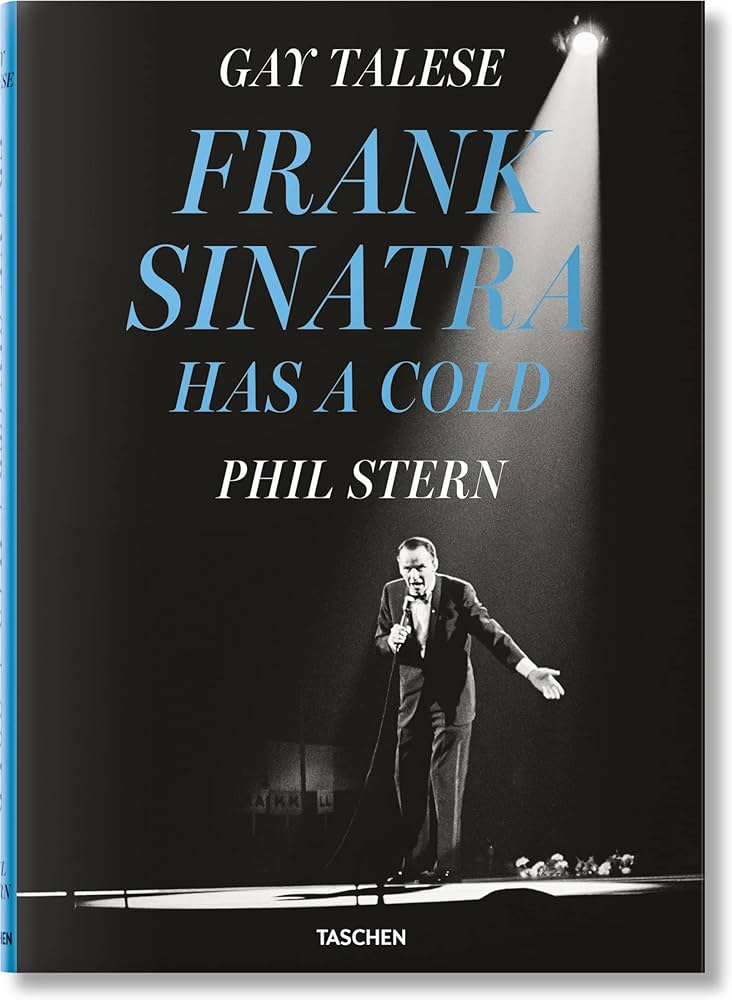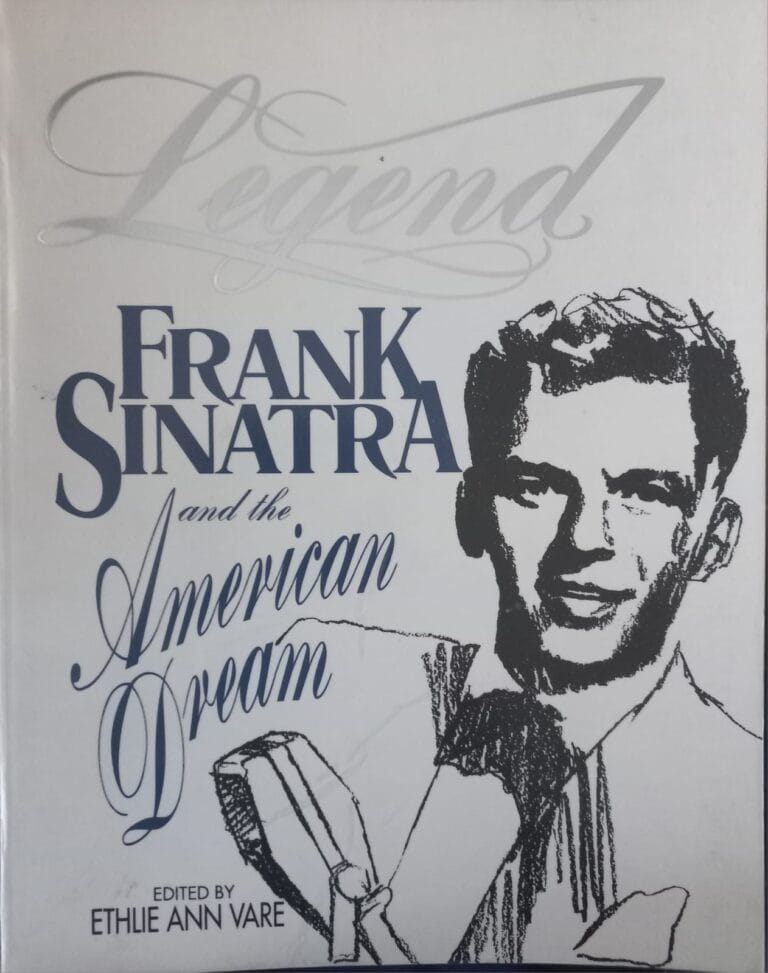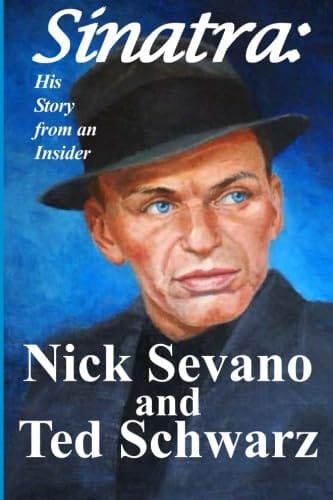
“SINATRA HAS A COLD” Gay Talese/Phil Stern
Taschen Publishing, 2021.
By Mahnuel Muñoz
The essay “Sinatra Has A Cold“, published in Esquire magazine in April 1966, is one of the most emblematic pieces of the so-called “New Journalism“, a current that emerged in the 1960s in the United States, characterized by transcending the mere interview. or review to create a portrait of the character or event based mainly on emotions and sensations.
Although Gay Talese could not have direct access to Sinatra, the portrait he made – made up of two hundred interviews with more than a hundred people close to the singer – is the prodigious and shockingly vivid and accurate summary of one of the most complex characters in culture. popular of the 20th century.
FRANK SINATRA RADIO
Set on the eve of the recording of the television special “A Man And His Music” (1965), the sketch begins by starkly showing us the human vulnerability of Frank, who suffers from a cold that threatens the production of the program and attacks the artist’s self-esteem. and, as if he were a head of state, he transmits vibrations of instability to the entire ecosystem that depends directly or indirectly on him. It also portrays the artist’s concern about a documentary that was about to be broadcast and about which it was rumored that he could shamelessly show information about his private life.
Then, in contrast, he tells us about the power exerted by his mere presence wherever he goes, comparable to that of a “padrone” to whom one goes to pay homage, ask for help or advice. He gives us an account of the unwavering loyalty he gives and demands of his friends, of the kindness and rage that can well up from his volcanic chest in sequences of seconds.
And most importantly, he observes and describes the artistic process on the television set (where Talese was able to be present), giving us access to the unusual scene of a Sinatra frustrated by the state of his voice due to the cold and how, After recovering, he is able to give life to music with the mastery and richness that allow him to be in full force in a time as dizzying and turbulent as that one.
SINATRA HAS A COLD
The images that accompany the text, on the other hand, come, for the most part, from someone who had hardly any limitations in accessing Sinatra’s intimate sphere. Phil Stern was one of the most respected photographers of Hollywood’s golden era and photographed Frank with his lens for four decades. Stern’s work with Sinatra can be compared to that created by Alfred Wertheimer with Elvis Presley; both managed to capture the soul of the artists without artifice, beyond the public stereotype.
The sum of Talese’s words and Stern’s image, with their respective opposite perspectives, result in this book being an essential work of art for Sinatra’s followers, as it expands the human and artistic perspective of the character. It is also a highly recommended volume for lovers of history and popular culture of the 20th century, bringing together social, political and visual memory of one of the most fascinating times in our world, which is, let us not forget, Frank’s world. We just live in it.
Access to section Books of Frank Sinatra in the following link of Sinatra Radio 24h https://sinatraradio24h.com/category/books/








